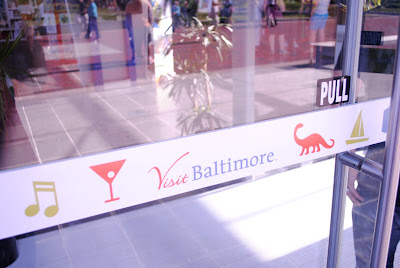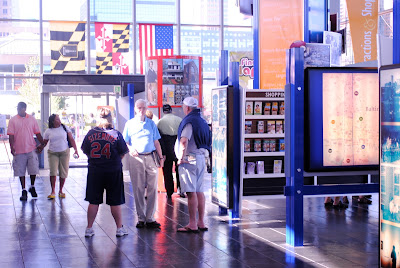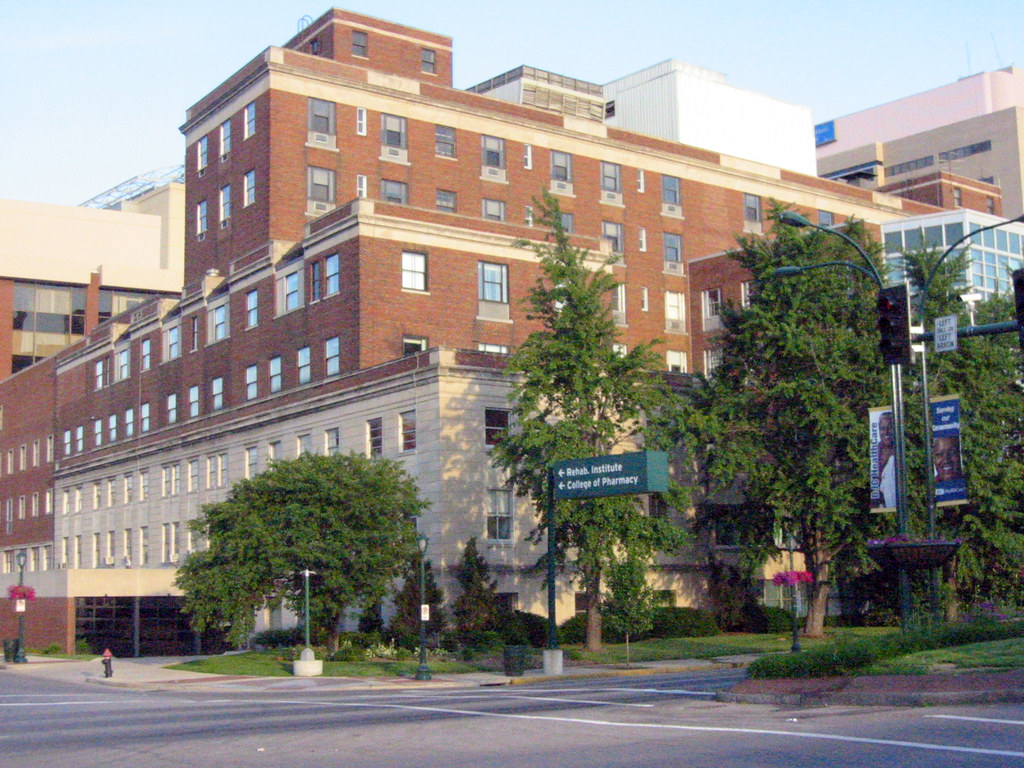Thursday, June 3rd 2010
7:00-9:00 PM
Urban Eats Café
3301 Meramec Street
St. Louis, Mo. 63118
7:00-9:00 PM
Urban Eats Café
3301 Meramec Street
St. Louis, Mo. 63118
Not to spoil the fun by tackling this topic early, but there seems to be a dissonant chord among some St. Louis bloggers and observers that I wanted to talk about first. Some people feel that bloggers, and their blogs, are merely creating noise and that feet aren't hitting the pavement. In other words, St. Louis's urban blogs might be inspiring discussion, but there's not enough action resulting from this dialog.
I can go along with this statement easily, but only because we should never be satisfied with the level of citizen involvement we currently have. We can pat ourselves on the back for progress, sure, but we can also always do better.
But there are some commentators on the Blog City notion that suggest something further than the above--that bloggers are talking about the wrong things and may be even harming any efforts to create meaningful change in urban St. Louis. After all, blogging about your favorite streetscape in Dutchtown or the outcome of the Preservation Board hearing doesn't do anything for St. Louis's quality of life issues that hold it back: crime, education, poverty, etc.
Sure it doesn't. What urban blogging does do, however, is get people excited about their city and interested in parts of it they had perhaps never seen or never felt connected to. The next criticism to level against this statement is, well, are we only strengthening the singing voices of the choir, preaching to the converted? Maybe so. But an engaged and informed core of people willing to do anything to advance their city is not a bad thing, no matter if it appears to be a small percentage of the overall city's population or not. We need these people and their passion.
Besides, most blogs and their bloggers never set about blogging with the expectation of creating a paradigm shift in the city of St. Louis. Most people just love their city and want to share it with those who'll listen. Most of us bloggers have been surprised at the positive reception of the general public towards our posts. Dotage St. Louis, for one, was never begun with the intention of launching a political campaign, creating better schools, or ending poverty in the city. If my blog could do these things, I'd never quit clicking the keys. As I've put it in the past, Dotage is my love letter to the city that gave me so much. I owe to St. Louis the person I am today, whom I generally like.
If I've convinced one person to go out and proselytize about Carondelet's limestone cottages to a wider audience, then, in my mind, Dotage has been successful. If we bloggers happen to be helping cobble together a coalition of people seeking urban change along the way, then I am beyond thrilled, and am honored to be a part of it.
A note to would-be bloggers out there: don't start with a lofty goal of solving the problem of crime and violence in the city. Just let your passion flow forth and see if anyone gets caught in the stream.




































